The team, which is being led by Wei Zhai, an assistant professor of urban and regional planning, and Esteban Lopez Ochoa, an associate professor of urban and regional planning, is creating digital twins of the Westside homes and the neighborhood to address some of the extreme heat conditions in their living spaces.
Digital twin technology, said to have been pioneered by NASA in the 1960s for space exploration, is a virtual representation or digital copy of a physical object. The digital twins, which are updated using real-time data, will allow the researchers to create a digital copy of the physical homes so that they can explore possible home rehabilitation solutions. Data from the digital version of the home is then analyzed by AI.
In 2023 and 2024, López Ochoa and the urban heat island research team, in collaboration with Southwest Research Institute (SwRI), launched a pilot project with the Historic Westside Neighborhood. In the project, the researchers created the first community-led housing conditions inventory of San Antonio and explored the extent to which residents, due to inadequate housing conditions, were being exposed to extreme heat and poor air quality.
The project, which was funded by a Connect UTSA Research seed grant, focused on the neighborhood bordered by West Commerce Street, South Zarzamora Street, South Laredo Street, and I-10.
“This project was the start of a great relationship with the community of the Historic Westside, where they are seen as equal partners given their long experience and knowledge of their neighborhood. To date, more than 600 homes have been assessed, which has helped the City of San Antonio prioritize where to, for example, deploy the cool-roofs program given that the community already had data on the homes with the higher roof needs,” Lopez Ochoa says.
The researchers placed sensors around the neighborhood to measure “felt heat” and 20 sensors inside and outside residents’ homes to track how the homeowners experienced heat through humidity, temperatures, dew points, airflow and wind speeds. In doing this, the researchers saw how hot these homes can become, some even reaching into the hundreds in temperature.
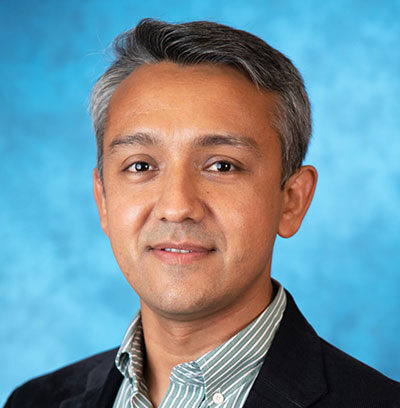
“Now we want to move forward in terms of how can we fix these people’s homes? How can we give them information so they can understand, given the limited resources? Where should we put those resources first?” he says. “Sometimes the most visible problem is not the most impactful problem in terms of health. You may want to change the windows, but what would make a huge difference, maybe, is adding insulation.”
To better understand the weak points of the homes and how the researchers can quickly address them, they will create digital twins of the homes and their surrounding environments. The digital twins project, which is being funded by a National Science Foundation CIVIC grant, will accurately reflect the real-life homes and their behaviors based off real-time data that is sent from sensors and analyzed by AI.
The team — which is made up of Zhai, López Ochoa, Ryun Jung Lee, Paul Rad, Neil Debbage, Farzad Hashemi and Xinyue Ye from Texas A&M University — can then go into the digital model to test a range of scenarios.

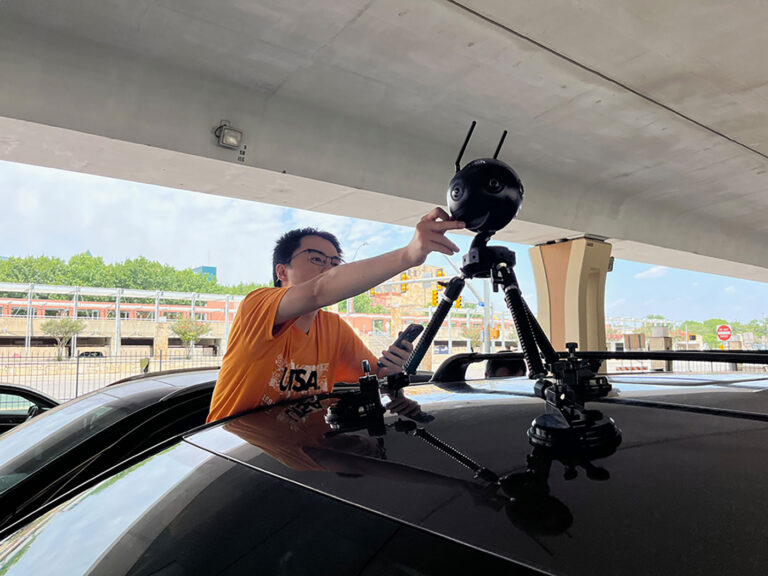


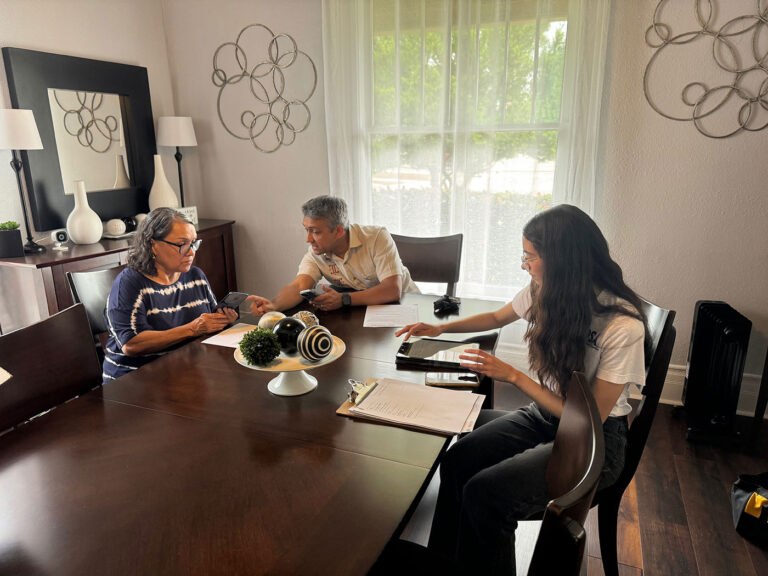
“Think of it like a three-dimensional digital copy of the homes. The digital twin will not only focus on the home itself but also the neighborhood environment,” Zhai says.
López Ochoa added it’s like you’re in a game where you can walk through and see all the different parts of the home. This process will allow for predictive decision-making.
“With the digital twins, you can understand the parts of the home that are facing certain issues,” he says. “It’s like a sandbox for people to perform simulations. Through these simulations we can figure out if certain changes in the home could improve the issues. If we put a tree or put a shading infrastructure outside, would it be better or would it be worse? There’s a lot of information that we don’t know yet on how to best rehab these homes, especially in extreme heat conditions.”
“Previous efforts to rehab homes or adding weatherization programs could greatly benefit from exactly knowing what wall should be prioritized to have insulation over others, especially in cases such as the Historic Westside, where most residents don’t have central heating systems,” López Ochoa added.
WATCH: Community-based research can make a direct impact.
The Westside residents are very thankful for the work the researchers have been doing so far.
“The community has been very, very, thankful that somebody within UTSA cares. These are our neighbors. It’s like a two-minute drive from the Downtown Campus to visit them,” López Ochoa said.
López Ochoa added this work has allowed the community members to see what their homes are exposed to.
“Some of their homes are 120 F degrees inside when they come home from work. They must keep all their windows sealed because they don’t want anyone taking their possessions by leaving a window open,” he says. “They come home to a house that’s just been sitting in the sun. It’s a very gruesome picture. These two invisible killers, temperature and air quality, are killing them, and that’s why they’re experiencing heatstrokes.”
Perla Lara, who has the sensors in her Westside home, says that being a part of the project has allowed her to learn more about her home’s environment and how hot her home, which she has lived in for more than 40 years, actually gets.
“I’ve learned so much and am appreciative of these sensors. I love the sensor we have inside because it tells me how hot it is, especially when I have the dryer running and the stove on,” she says. “The sensor changes colors depending on the temperature. If it turns purple, it means it is way too hot and it alerts me. I didn’t know how hot it got in my house, so this is very impactful.”

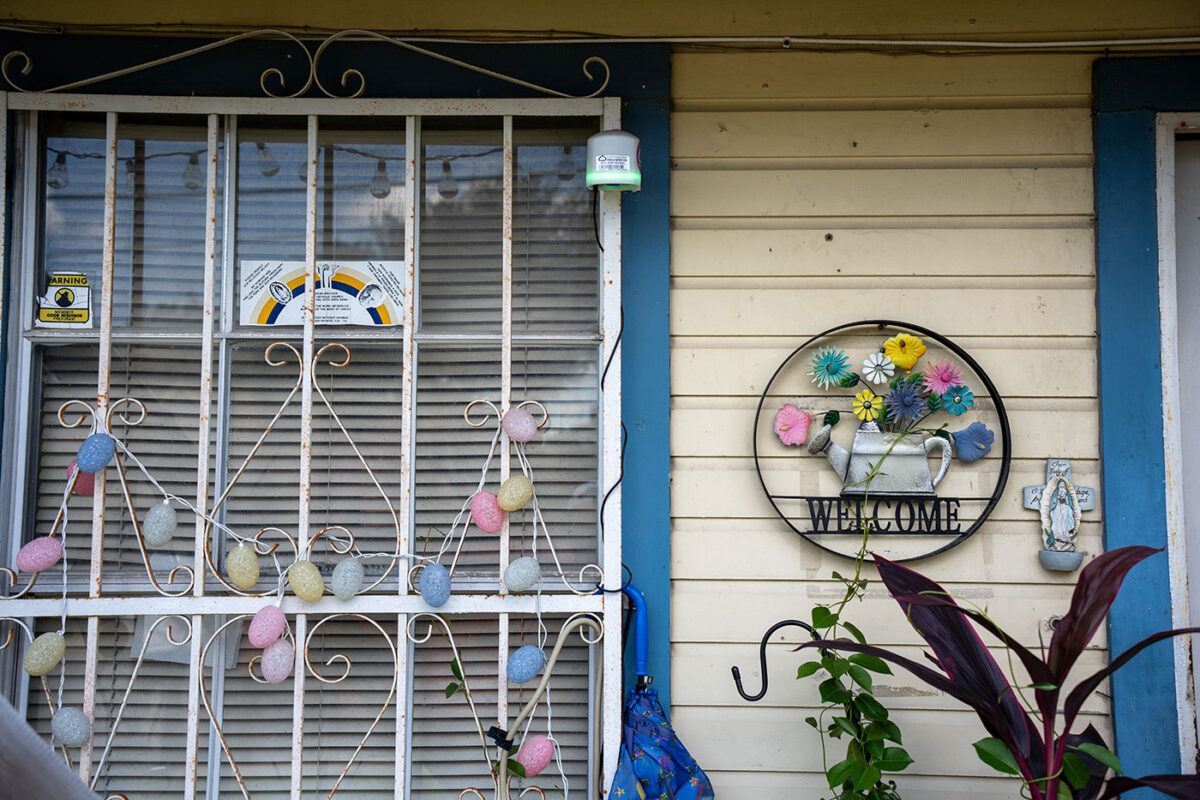
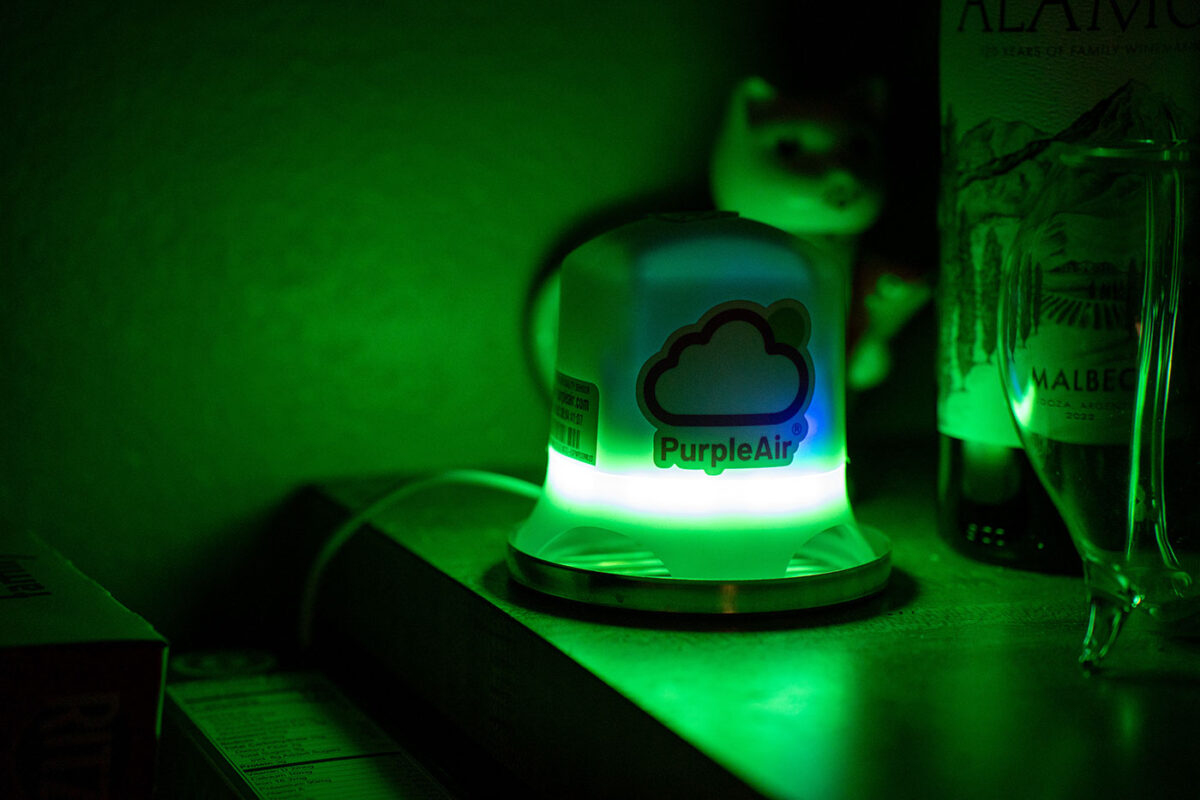
Leticia Sanchez, co-chairperson of the Historic Westside Neighborhood Association, adds that residents like Lara have learned so much about the importance of good housing conditions.
“The air quality sensors project has been an eye-opening experience for our residents. Residents now speak with their neighbors about the research, which has started more serious conversations around climate and air quality in the community and how important good housing conditions are,” Sanchez says.
In this next phase of the project, the team also hopes to expand their work into the community’s public housing while also determining what physical changes can be made to the homes to improve the well-being and resiliency of the homeowners, Zhai says.
“As a larger community, we need to do something for them and really help them. We need to get them in a better place in housing conditions so they can withstand heat better. That way they can become more resilient,” López Ochoa added.
OTHER STORIES IN THE SERIES:
A group of UT San Antonio researchers led a study to determine which areas of San Antonio are most vulnerable to extreme heat.
Researchers are partnering with the City of San Antonio to create innovative solutions to beat the heat.
Two research projects from UT San Antonio explore how effective cool pavement is for mitigating heat.
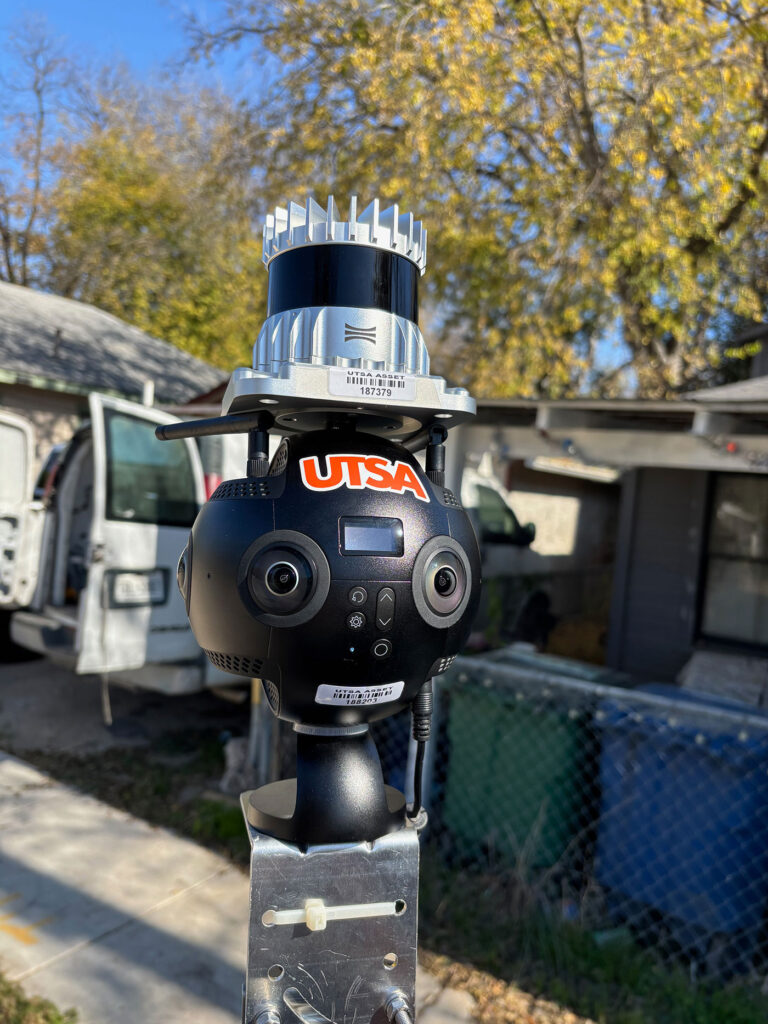






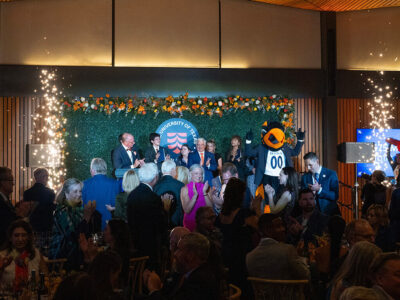
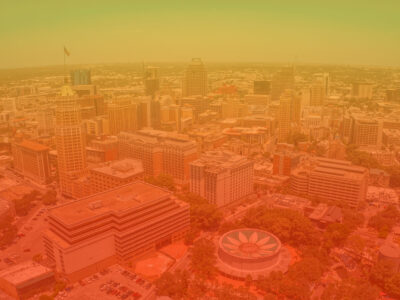
No comment yet, add your voice below!